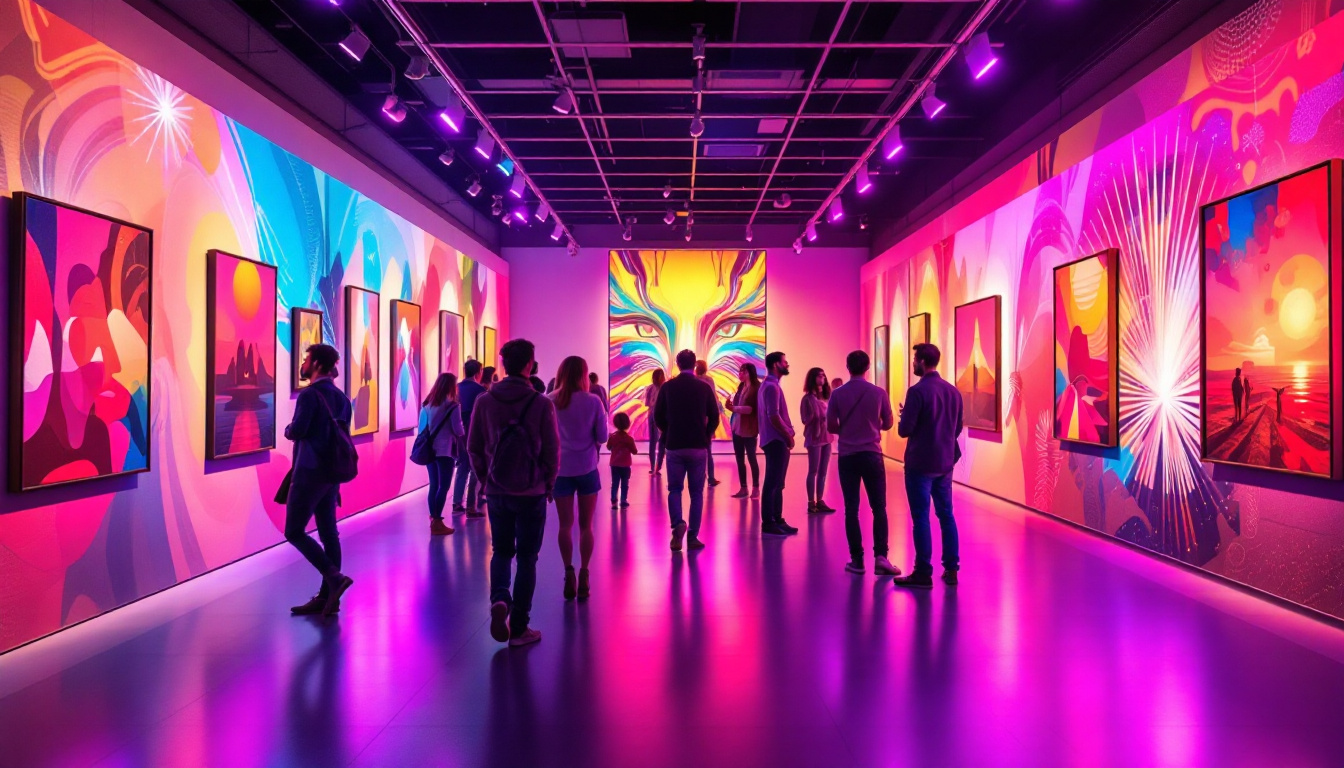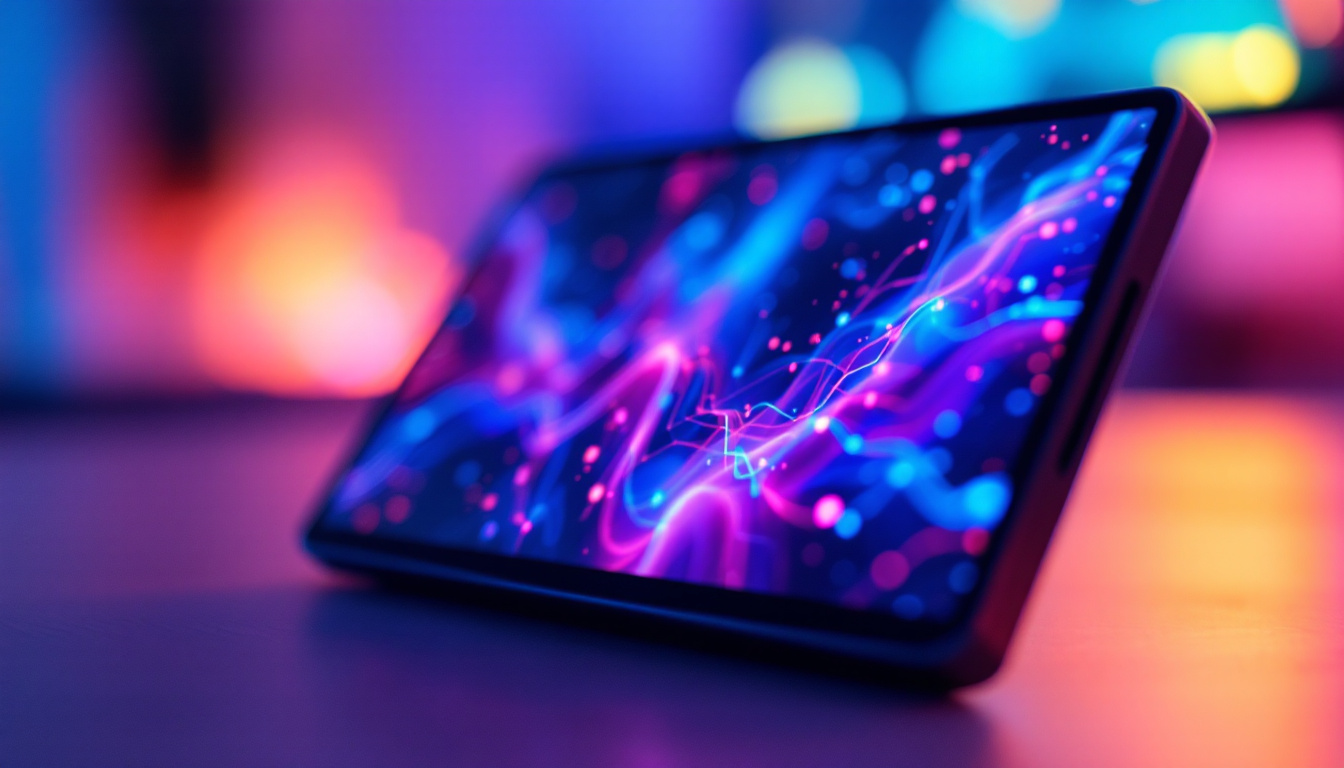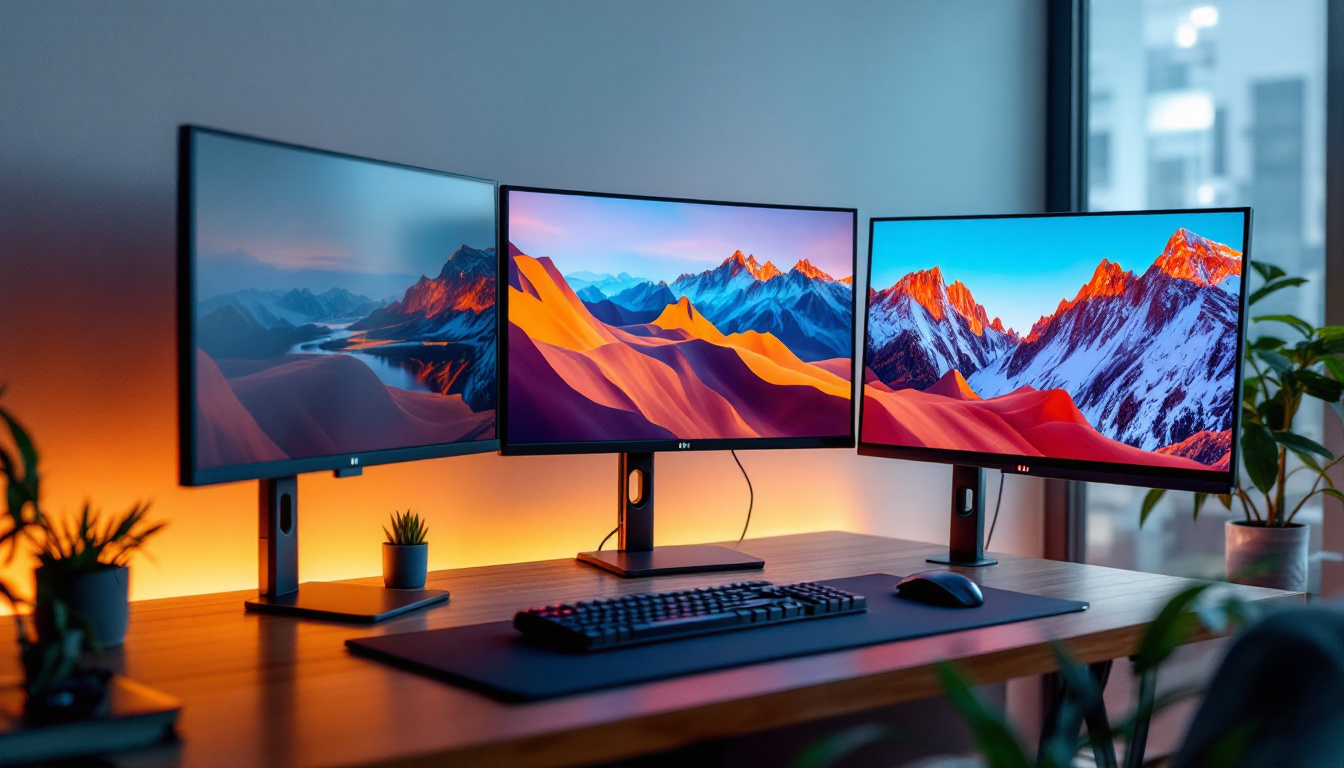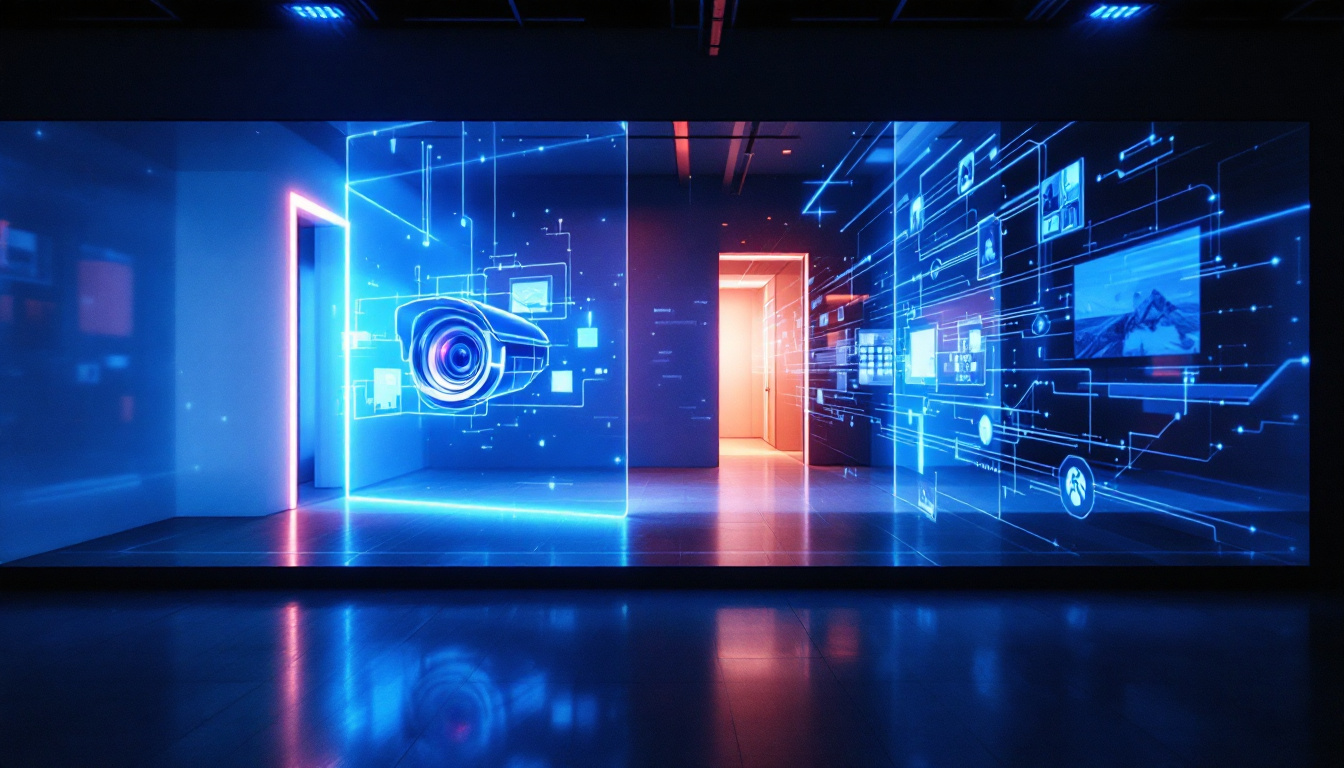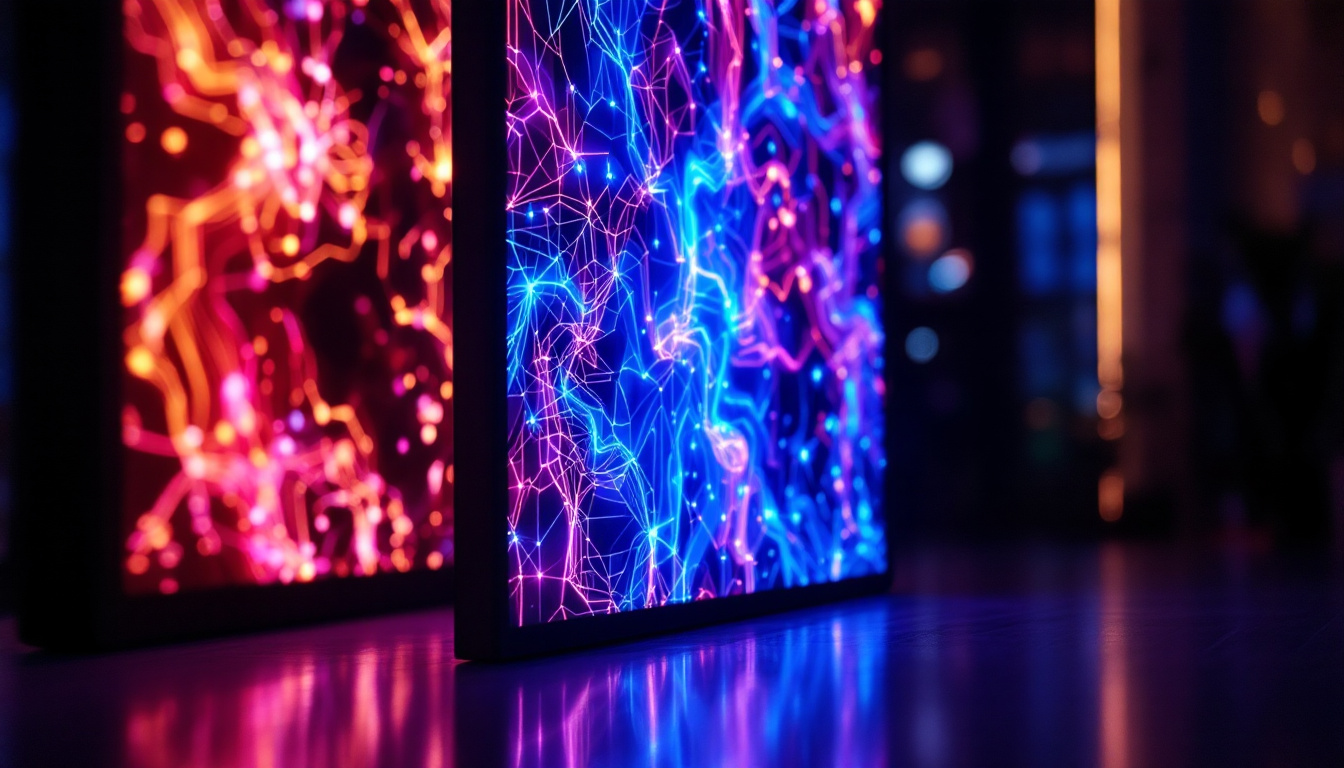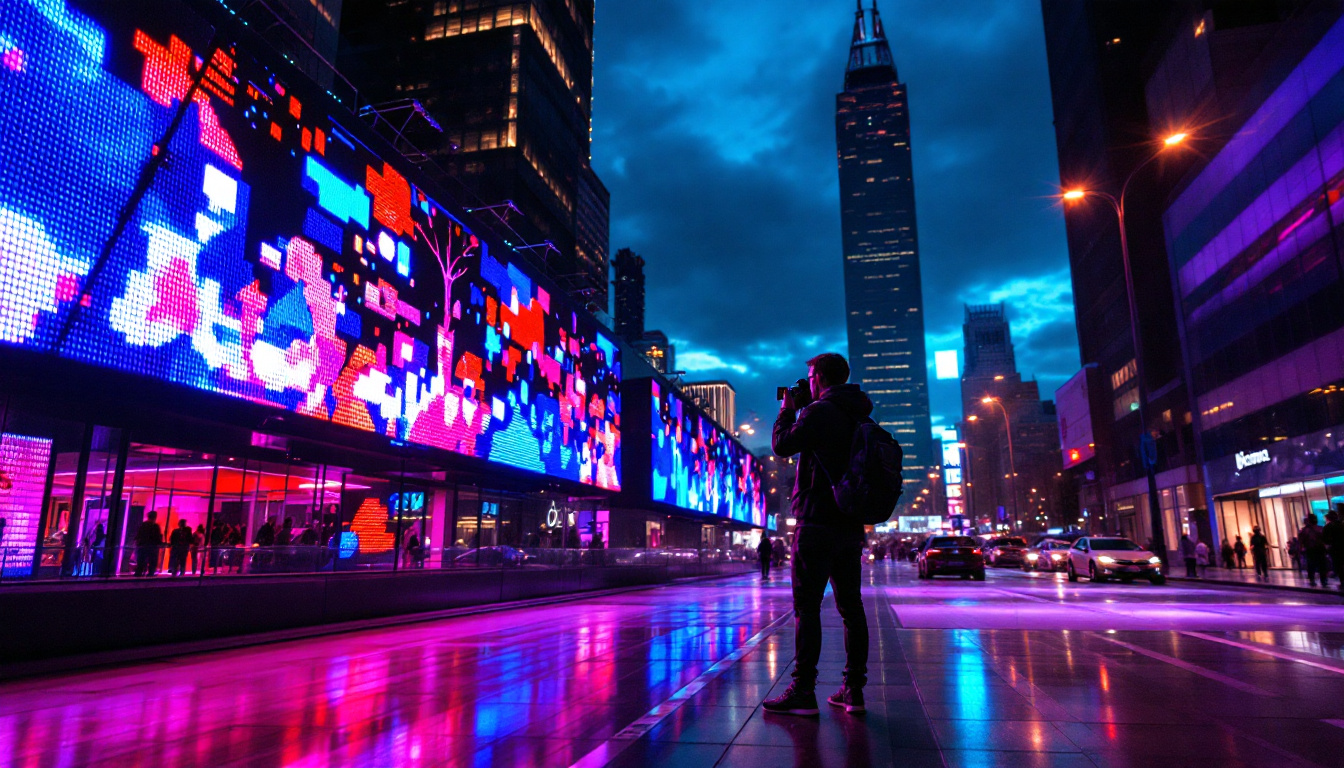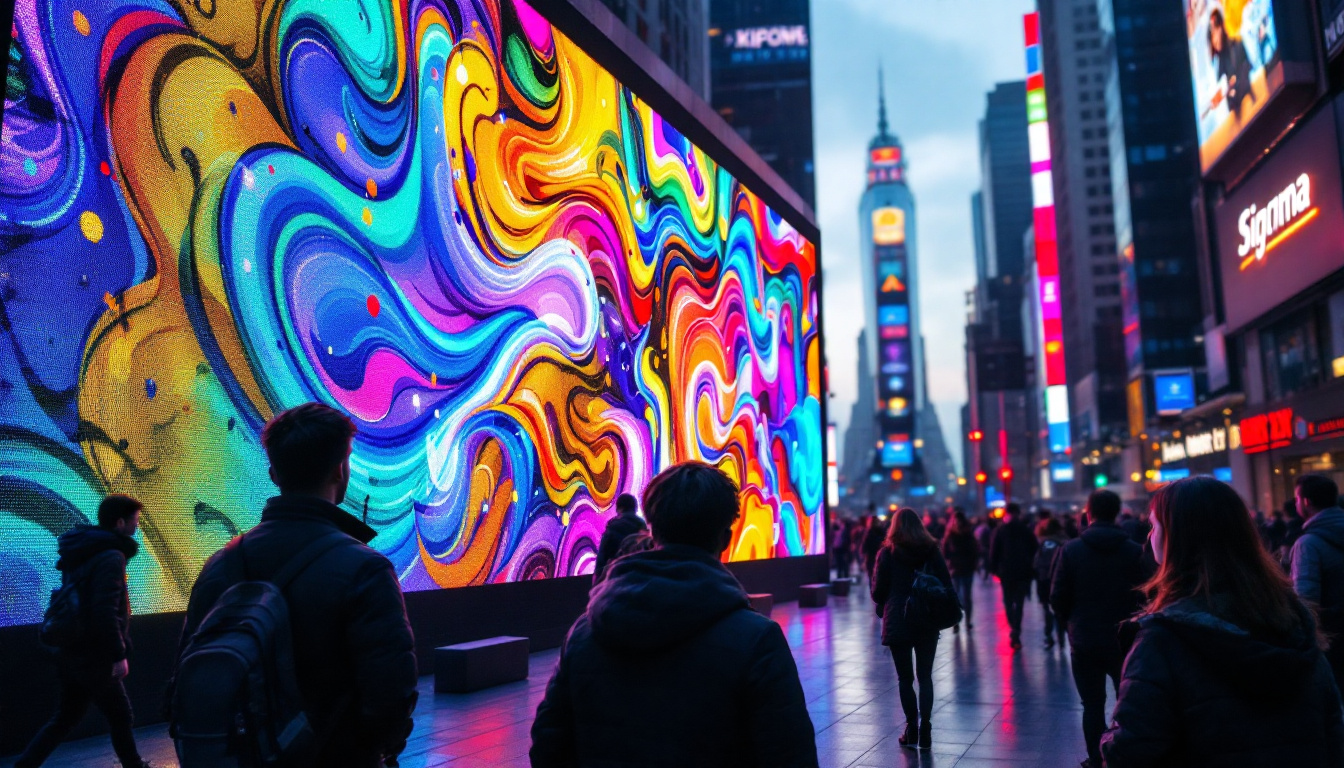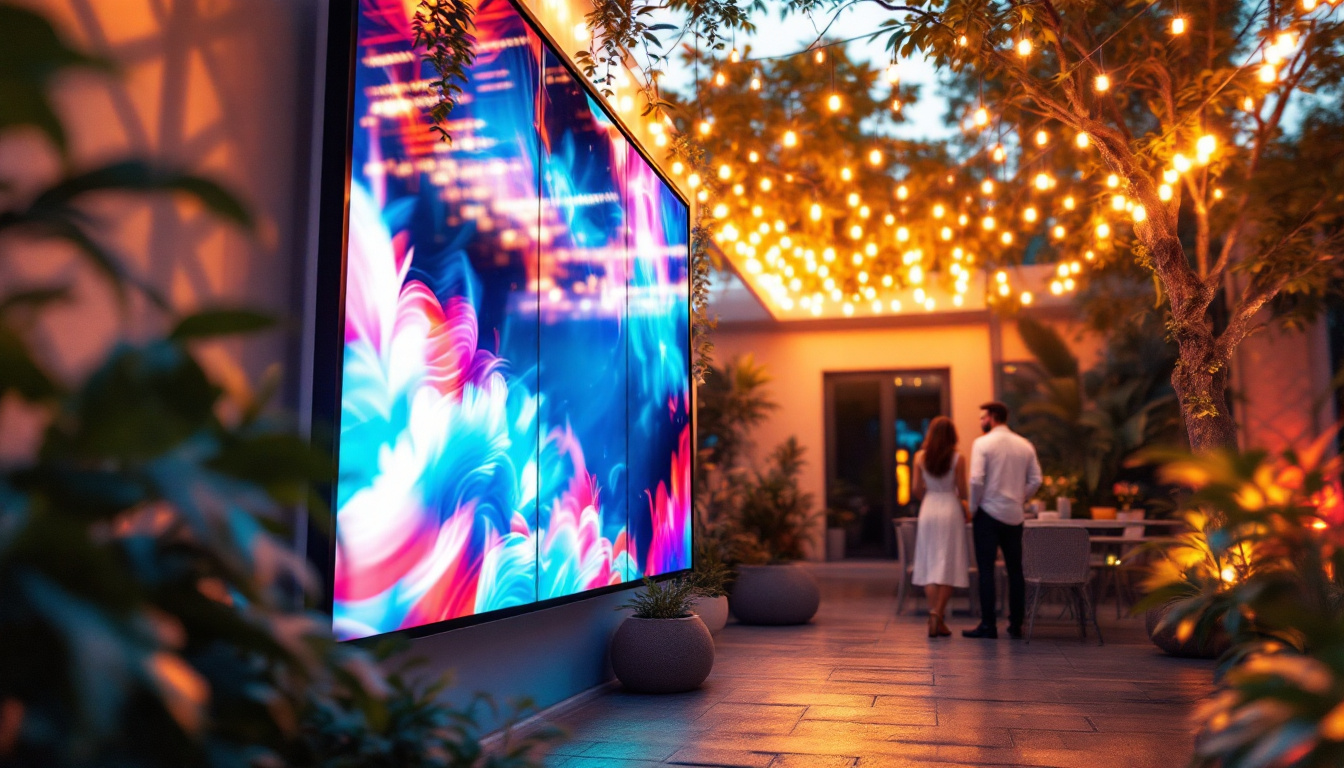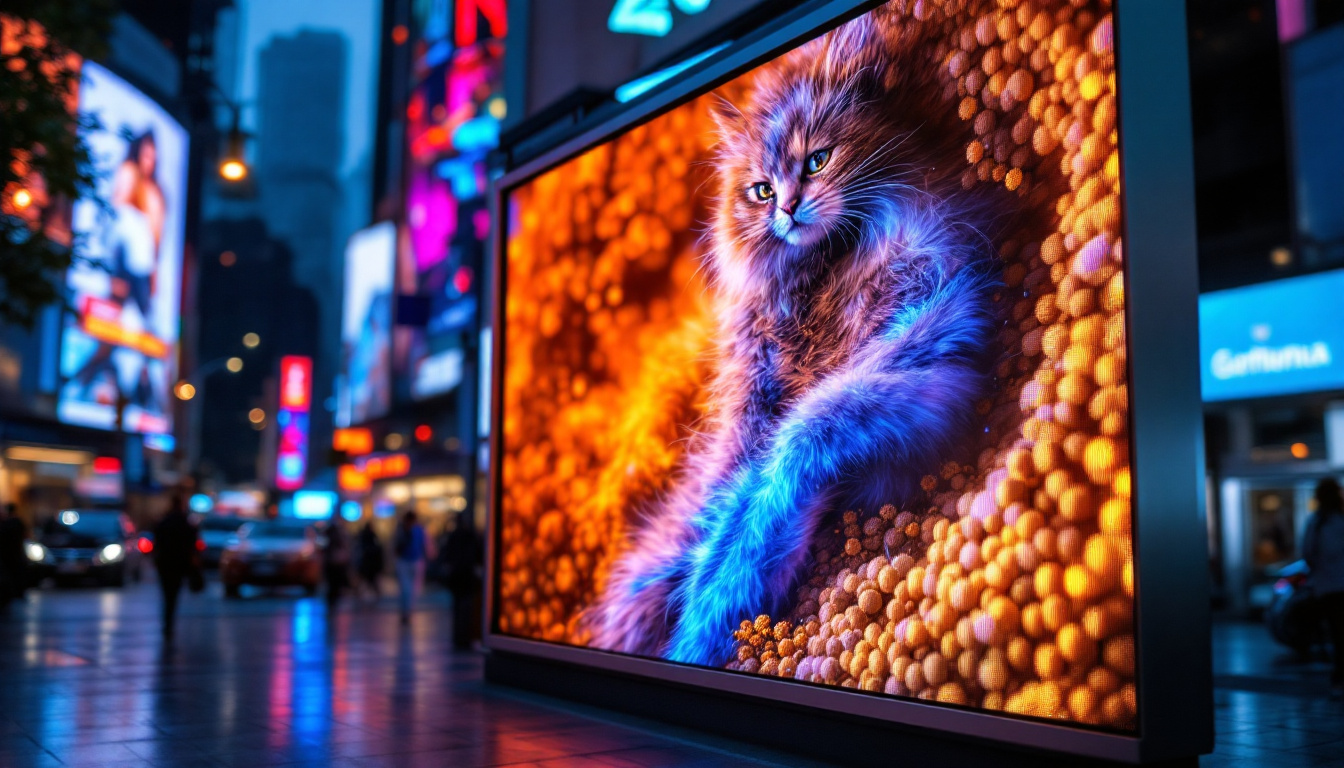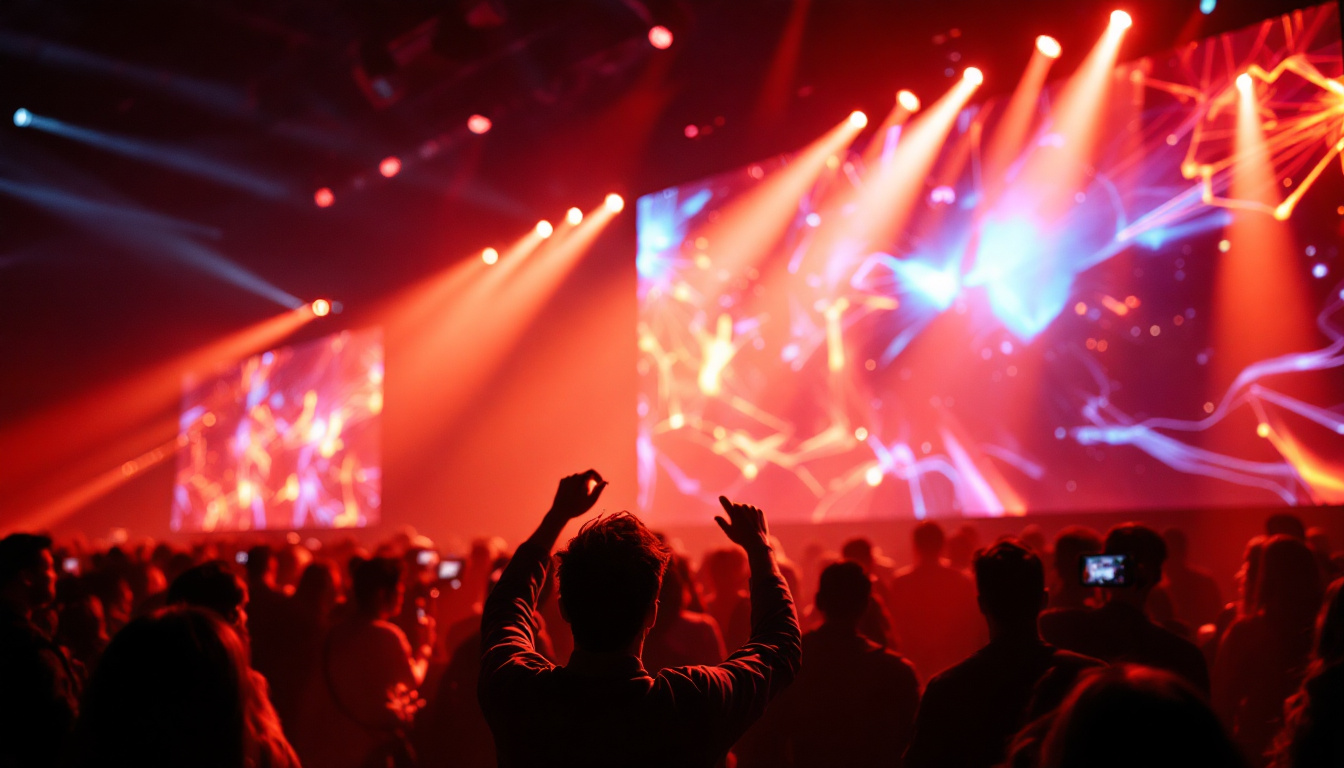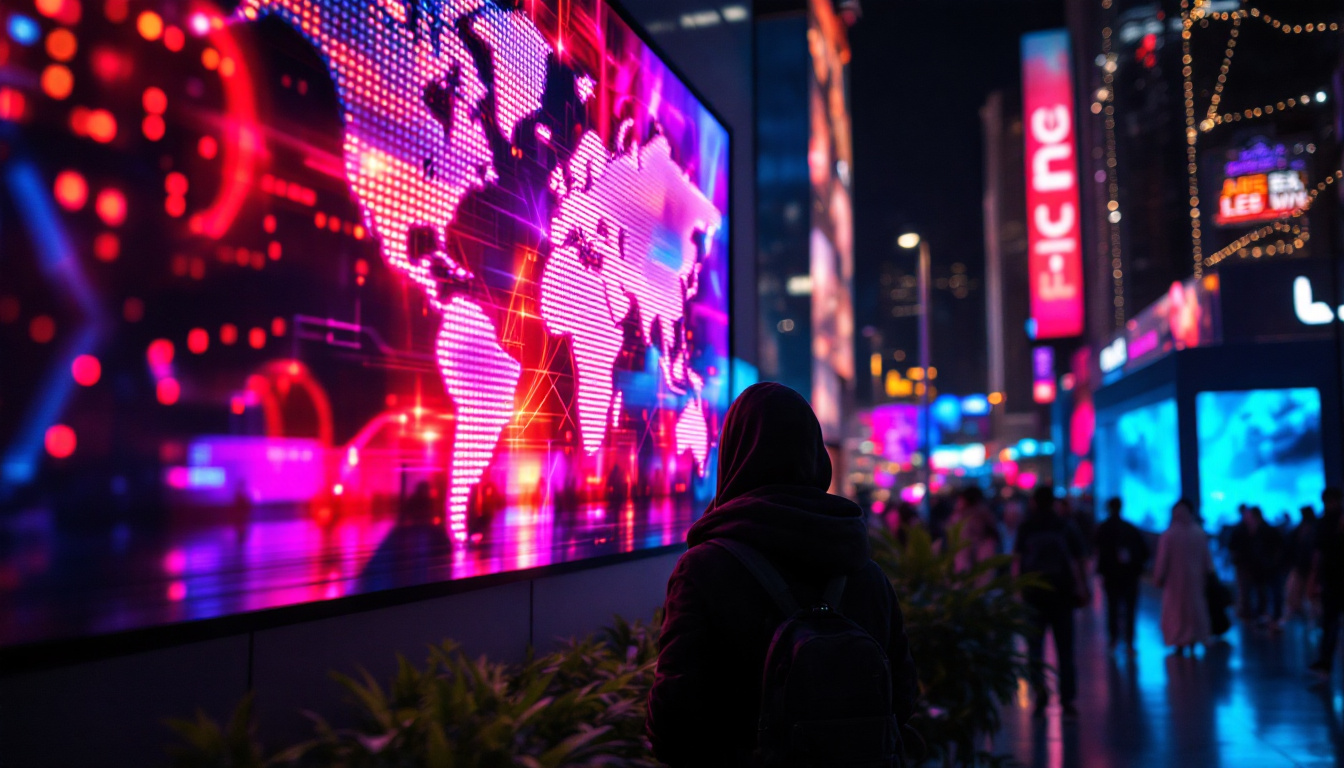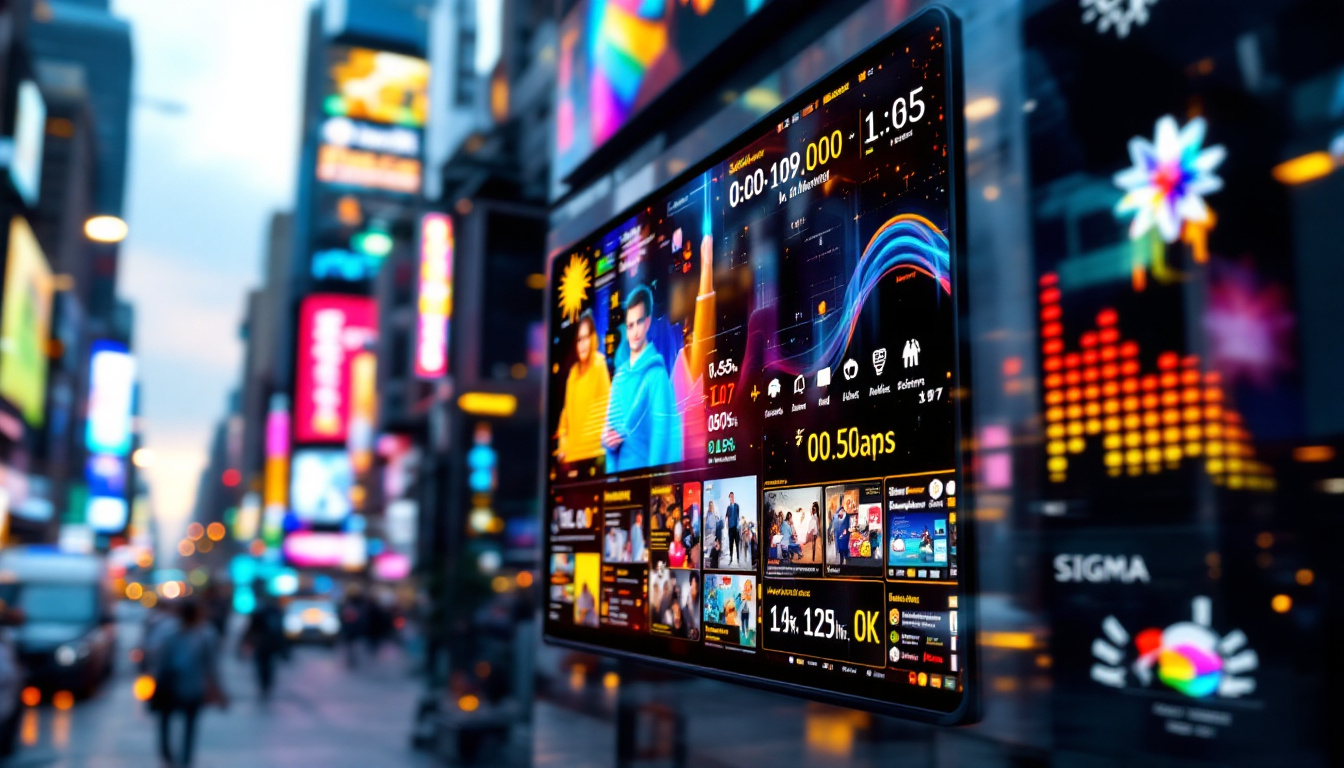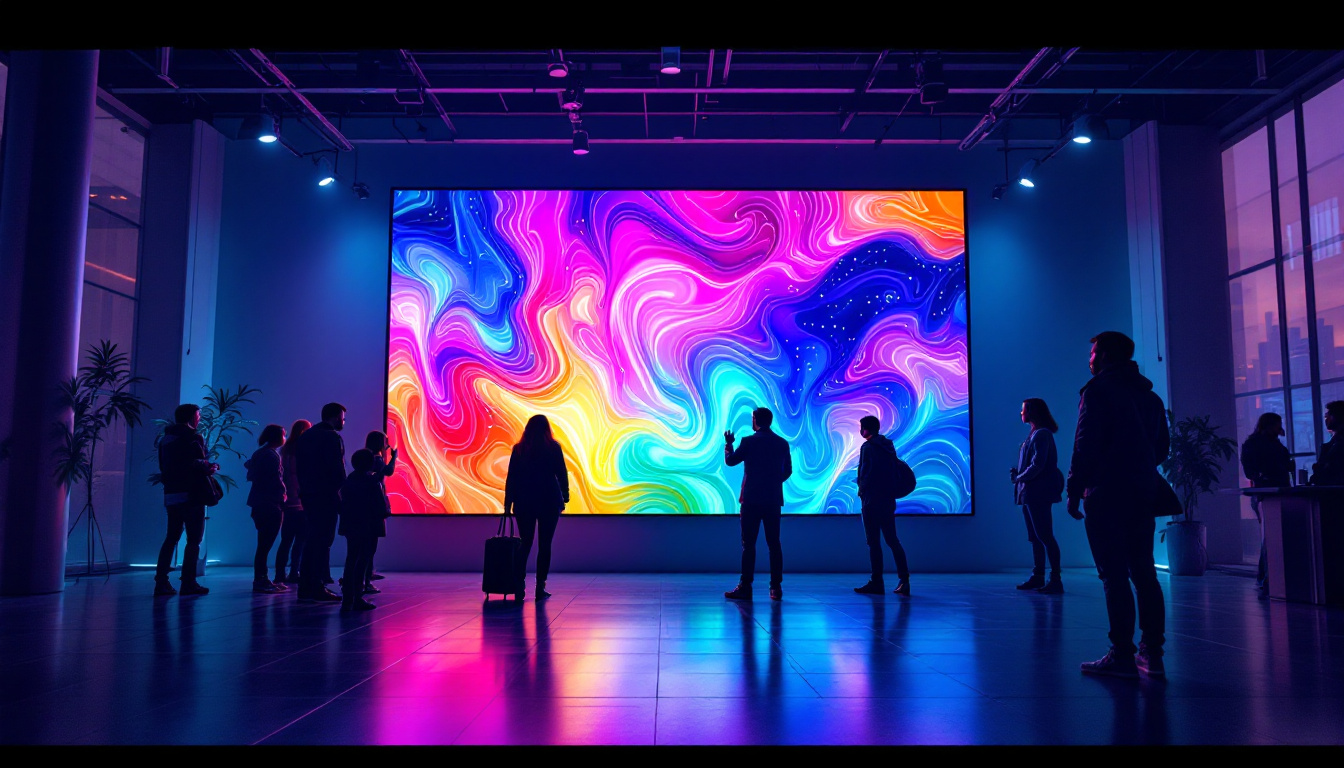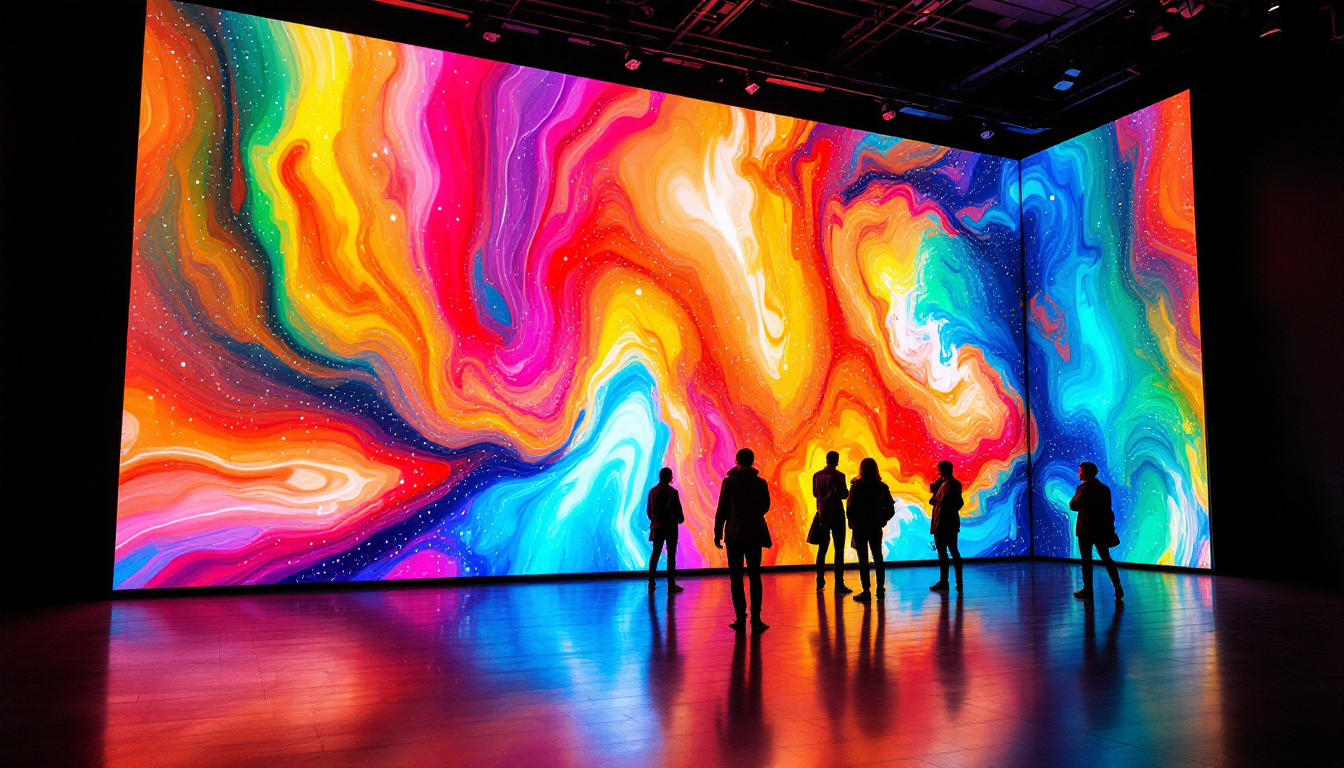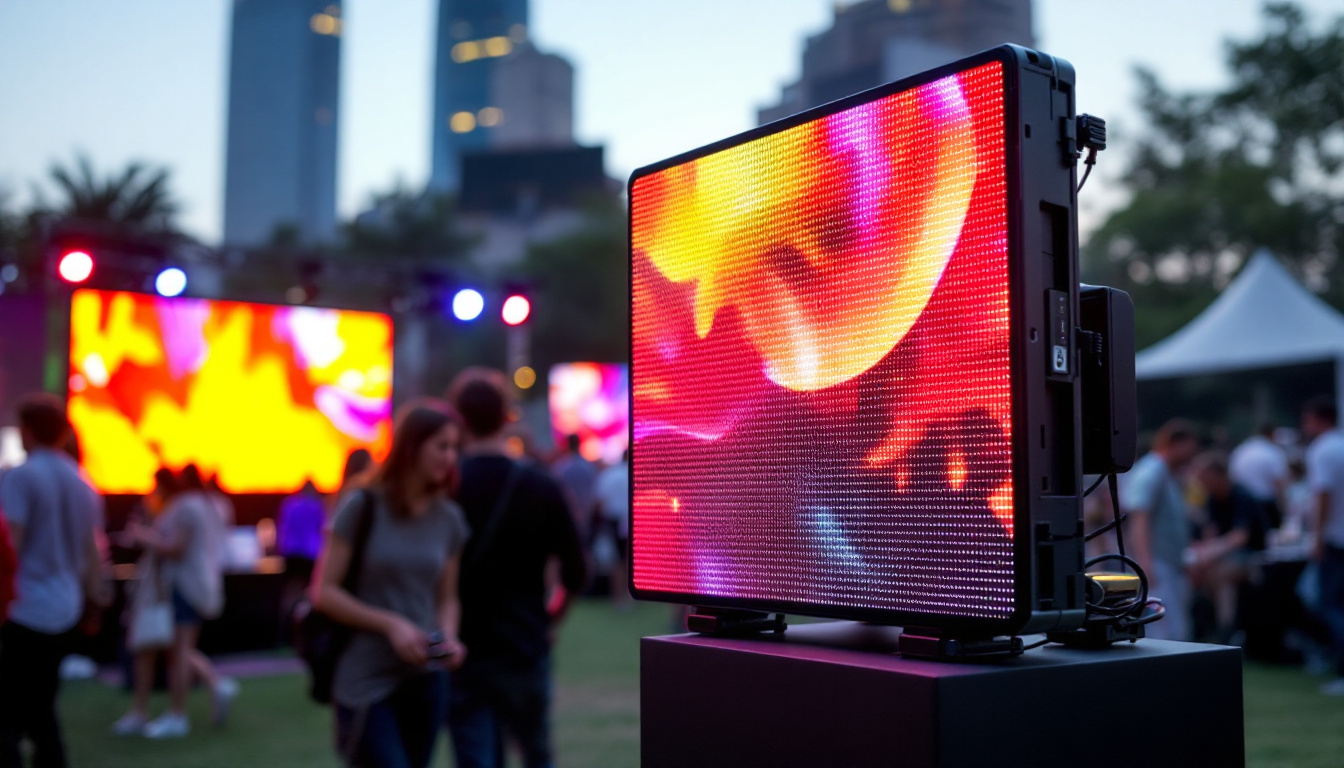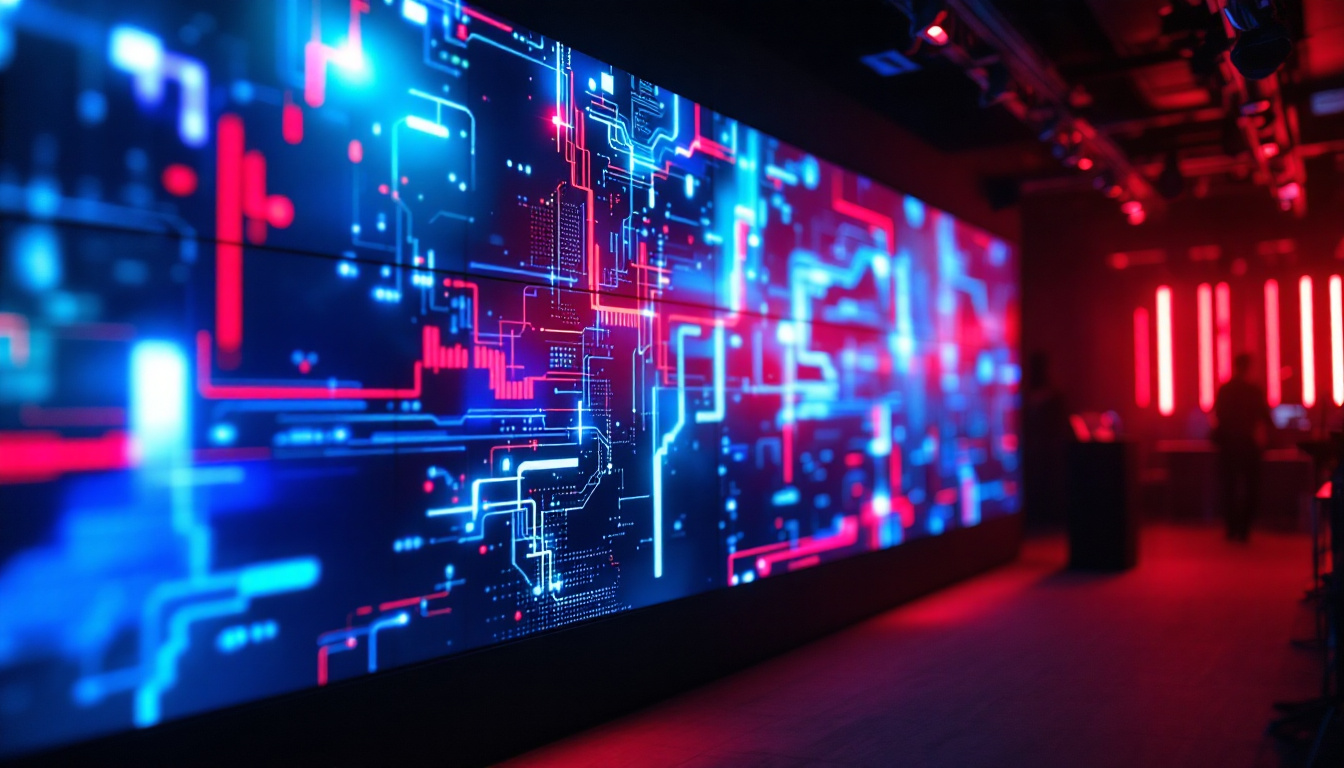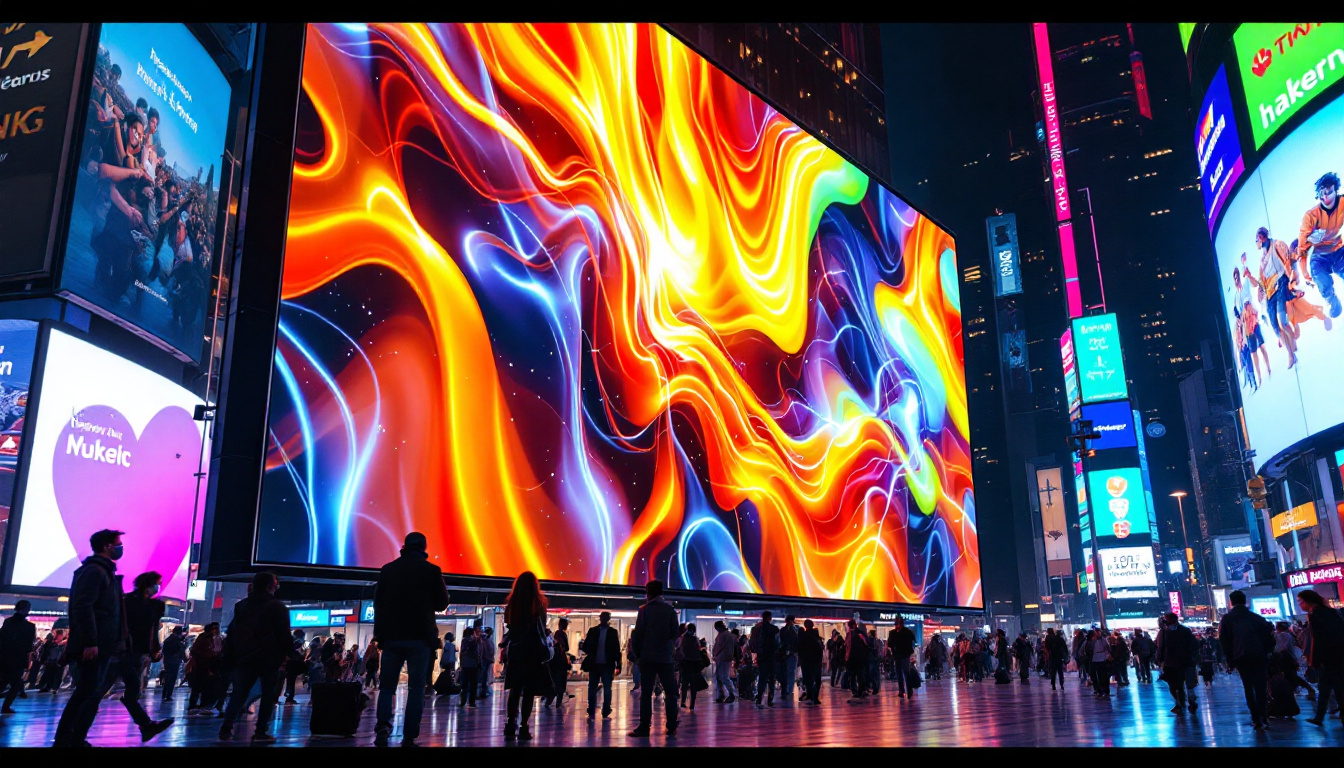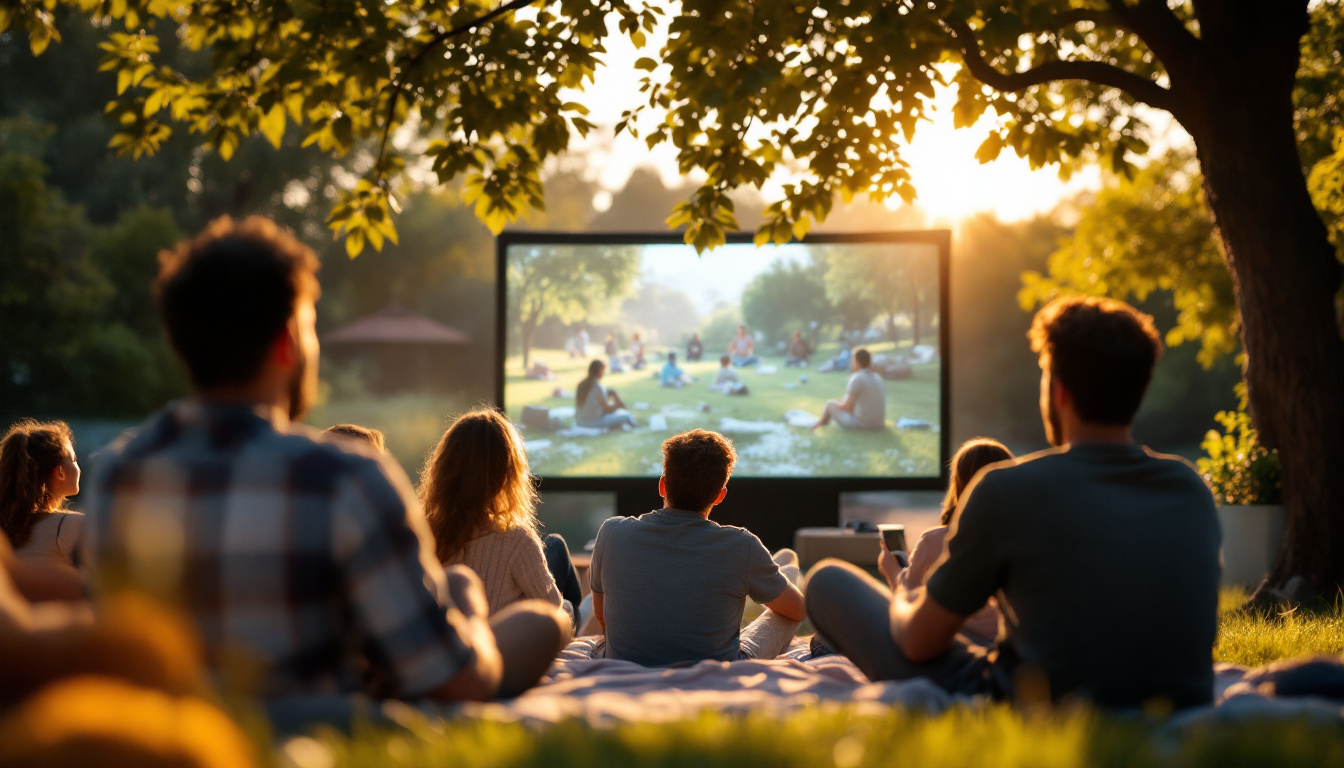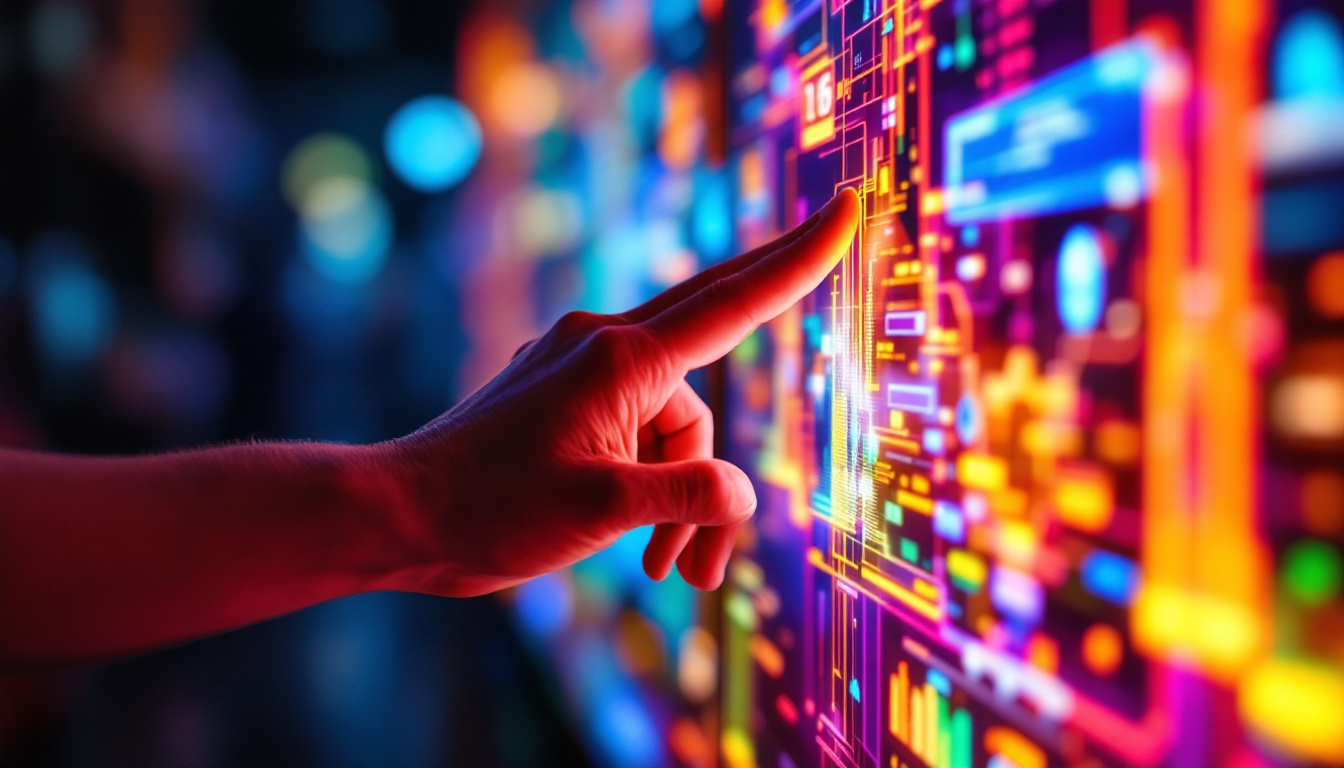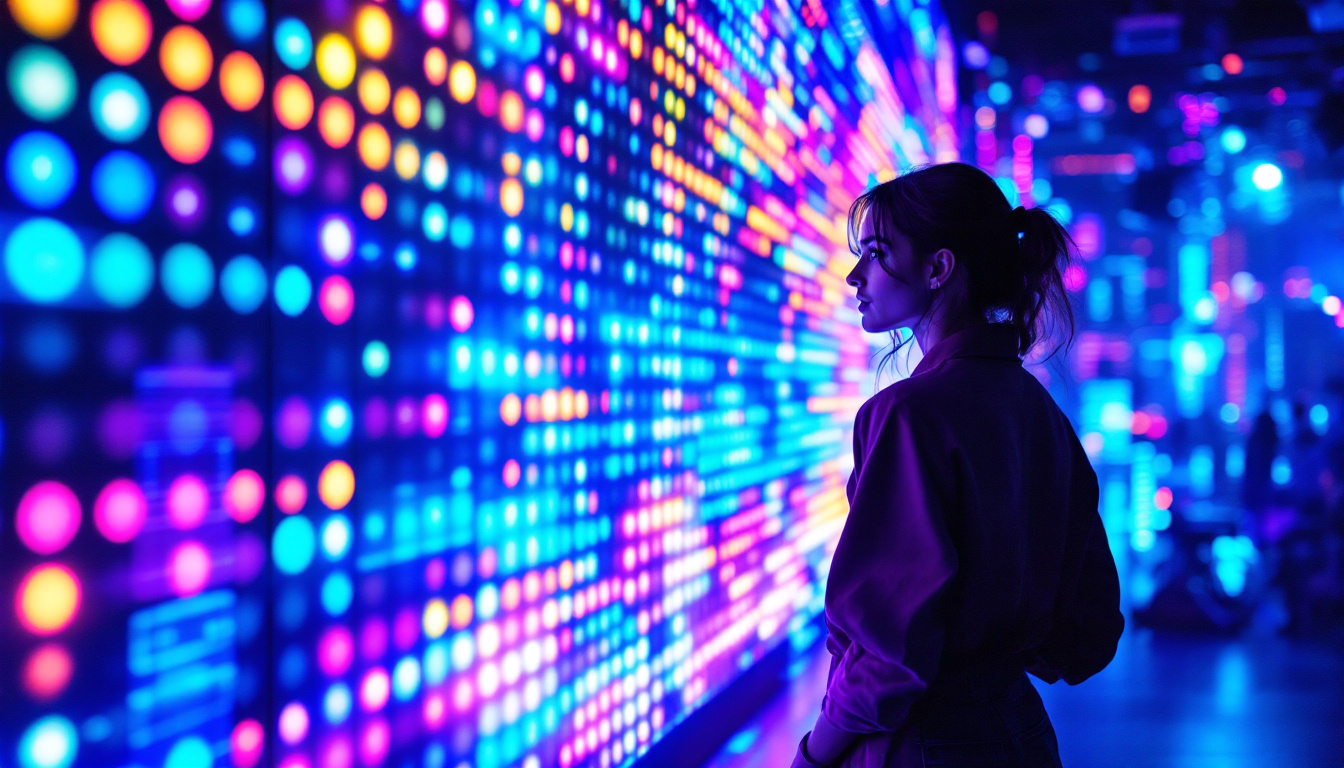In the world of art galleries, the presentation of artwork plays a crucial role in the overall experience. One of the most innovative advancements in this area is the integration of LED display technology into hanging systems. This article delves into the intricacies of art gallery hanging systems, focusing on how LED displays are transforming the way art is showcased and experienced.
The Evolution of Art Display Techniques
Art has always been about more than just the pieces themselves; it’s about the environment in which they are displayed. Over the years, traditional methods of hanging art have evolved significantly. From simple nails and hooks to sophisticated systems that allow for dynamic presentations, the evolution reflects technological advancements and changing aesthetic preferences.
Traditional Hanging Systems
Historically, art galleries relied on basic hanging systems, often using picture hooks, wires, and nails. These methods, while functional, limited the flexibility of art placement and often required significant wall damage. Curators had to carefully plan the layout, which could be time-consuming and restrictive.
As the art world grew, so did the need for more versatile solutions. This led to the development of rail systems that allowed for easier adjustments and repositioning of artworks without damaging walls. However, these systems still lacked the dynamic capabilities that modern technology can offer.
The Rise of Digital Displays
With the advent of digital technology, galleries began experimenting with digital displays. Initially used for informational purposes, such as artist biographies or exhibition details, these screens have now evolved into integral components of the gallery experience. They provide an opportunity to showcase not just static images but also video art and interactive installations.
Moreover, digital displays have opened up new avenues for artists to engage with their audiences. For instance, augmented reality (AR) applications allow visitors to use their smartphones or tablets to see additional layers of information or animations overlaid on the physical artwork. This interactive experience not only enhances viewer engagement but also encourages a deeper understanding of the artist’s intent and the context of the work. As technology continues to advance, the potential for integrating art with digital media seems limitless, paving the way for innovative exhibitions that challenge traditional perceptions of art and its presentation.
In addition to AR, virtual reality (VR) has begun to play a significant role in art display techniques. With VR headsets, visitors can immerse themselves in entirely virtual galleries, experiencing art in a way that transcends physical limitations. This method allows for the curation of exhibitions that might not be possible in a traditional space, such as showcasing large-scale installations or even recreating historical contexts for artworks. As artists and curators explore these new mediums, the boundaries of how art is displayed and experienced will continue to expand, inviting audiences to engage with art in increasingly innovative ways.
Understanding LED Display Technology
LED (Light Emitting Diode) technology has revolutionized the way images are displayed. With their ability to produce bright, vibrant colors and high contrast ratios, LED displays offer a visually stunning alternative to traditional art hanging methods. Understanding how this technology works is essential for appreciating its applications in art galleries.
How LED Displays Work
LED displays consist of numerous tiny diodes that emit light when an electric current passes through them. These diodes are arranged in a grid format, allowing for the display of images and videos. The combination of red, green, and blue diodes can create a wide spectrum of colors, making LED displays incredibly versatile.
One of the key advantages of LED displays is their brightness. Unlike traditional projection systems, which can be affected by ambient light, LED screens maintain their vibrancy even in well-lit environments. This makes them ideal for art galleries, where lighting can vary significantly.
Benefits of Using LED Displays in Art Galleries
Integrating LED displays into art gallery hanging systems offers numerous benefits. Firstly, they provide flexibility in displaying various artworks. Curators can easily change the content displayed, allowing for rotating exhibitions or themed showcases without the need for physical alterations to the gallery space.
Additionally, LED displays can enhance the viewer’s experience. The ability to present artworks in high definition, coupled with the option to incorporate motion or sound, creates a more immersive environment. This can be particularly effective in engaging younger audiences who may be more accustomed to digital interactions.
Designing an Effective Hanging System
Creating a successful art gallery hanging system that incorporates LED displays requires careful planning and design. Several factors must be considered to ensure that the system is not only functional but also aesthetically pleasing.
Space Considerations
The layout of the gallery space is crucial when designing a hanging system. Factors such as wall size, ceiling height, and the flow of foot traffic can influence the placement of both traditional artworks and LED displays. A well-thought-out layout can guide visitors through the exhibition, enhancing their experience.
Moreover, the integration of LED displays should complement the existing artworks rather than overshadow them. This balance is essential for maintaining the integrity of the art while leveraging the advantages of modern technology.
Technical Specifications
When selecting LED displays for an art gallery, technical specifications play a significant role. Factors such as resolution, brightness, and color accuracy are paramount. High-resolution displays ensure that artworks are presented in the best possible quality, while brightness levels should be suitable for the gallery’s lighting conditions.
Additionally, the choice of display size can impact the overall aesthetic. Larger screens may dominate a space, while smaller displays can be used for more intimate presentations. The right balance can enhance the viewer’s engagement with the art.
Case Studies: Successful Implementations
Several art galleries around the world have successfully integrated LED displays into their hanging systems, setting a precedent for future exhibitions. These case studies highlight the potential of this technology to enhance the art viewing experience.
The Louvre Abu Dhabi
The Louvre Abu Dhabi is a prime example of how LED displays can be effectively utilized in a prestigious art institution. The gallery features a series of LED screens that showcase digital reproductions of famous artworks alongside information about the artists and their techniques.
This approach not only educates visitors but also allows for a dynamic presentation of art that can change regularly. The integration of LED technology has made the gallery more accessible, particularly for younger audiences who may find traditional art presentations less engaging.
The Tate Modern
The Tate Modern in London has also embraced LED technology, utilizing it to present contemporary art in innovative ways. The gallery features large-scale LED installations that complement the physical artworks, creating a dialogue between the two mediums.
By incorporating video art and interactive displays, the Tate Modern has transformed the visitor experience, encouraging engagement and interaction. This approach has proven successful in attracting diverse audiences and fostering a deeper appreciation for contemporary art.
Challenges and Considerations
While the integration of LED displays into art gallery hanging systems offers numerous benefits, it is not without its challenges. Understanding these challenges is essential for galleries looking to adopt this technology.
Cost Implications
One of the primary challenges of implementing LED displays is the initial investment. High-quality LED screens can be expensive, and galleries must weigh the costs against the potential benefits. Budget constraints may limit the size and number of displays that can be installed.
However, galleries should consider the long-term benefits of LED technology, including reduced maintenance costs and the ability to update content easily. In many cases, the initial investment can pay off by attracting more visitors and enhancing the overall experience.
Technical Maintenance
Another consideration is the technical maintenance of LED displays. Regular upkeep is necessary to ensure that the screens function optimally and maintain their visual quality. This may require hiring specialized staff or contracting with external vendors, which can add to the operational costs.
Additionally, galleries must stay updated with advancements in LED technology to ensure they are using the best available options. This ongoing commitment to maintenance and upgrades is essential for maximizing the benefits of LED displays.
The Future of Art Gallery Hanging Systems
The future of art gallery hanging systems is undoubtedly intertwined with advancements in technology. As LED displays continue to evolve, galleries will have the opportunity to explore new ways of presenting art and engaging audiences.
Innovative Display Techniques
Future developments may include more interactive displays, where visitors can engage with the artwork through touch or augmented reality. This could create a more personalized experience, allowing viewers to explore the context of the art in greater depth.
Additionally, advancements in LED technology may lead to even more immersive installations, such as 3D displays or holographic presentations. These innovations could redefine the boundaries of how art is experienced, pushing the limits of creativity and engagement.
Environmental Considerations
As sustainability becomes an increasingly important consideration in all industries, art galleries will likely need to address the environmental impact of their display systems. LED technology is generally more energy-efficient than traditional lighting solutions, but galleries may also explore options for integrating renewable energy sources into their operations.
By prioritizing sustainability, galleries can not only reduce their carbon footprint but also appeal to a growing demographic of environmentally conscious visitors.
Conclusion
The integration of LED displays into art gallery hanging systems represents a significant shift in how art is presented and experienced. By combining traditional art with modern technology, galleries can create dynamic, engaging environments that resonate with diverse audiences.
As the art world continues to evolve, the potential for innovative display techniques and enhanced viewer engagement will only grow. Embracing these changes will be essential for galleries looking to remain relevant and attract new visitors in an increasingly digital world.
Ultimately, the future of art gallery hanging systems lies in the harmonious blend of technology and creativity, offering exciting possibilities for artists, curators, and audiences alike.
Explore the Future of Art Display with LumenMatrix
As the art world embraces the digital era, LumenMatrix stands at the forefront, offering innovative LED display solutions that transform gallery spaces and captivate audiences. Whether you’re looking to enhance your exhibitions with Indoor LED Wall Displays, create a striking outdoor installation, or explore the possibilities of Custom LED Displays, LumenMatrix has the technology to bring your vision to life. Experience the revolution in visual communication and take the first step towards an immersive, engaging gallery environment. Check out LumenMatrix LED Display Solutions and join the vanguard of art presentation.

